Inspiring the Next Generation to Prevent Plastic Pollution:
Research, River Cleanups, and Education
“Microplastic Pollution Discovered in St. Lawrence River” was the headline of a news release in September 2014, as McGill University announced that a team of researchers from the University and the Quebec government had discovered micro-beads (tiny bits of plastic less than 5mm in length that were added to personal care products such as toothpastes and face washes) widely distributed across the bottom of the St. Lawrence River. The release noted that this was a first-time discovery for North American rivers and that the concentrations of the microplastic particles in the River was as high as in the world’s most contaminated ocean sediments.
McGill Professor Anthony Riccardi, Ph.D., who supervised the study, said, “It was previously assumed that floating microplastics are flushed through rivers to the sea. Now we have evidence that rivers can act as a sink for this pollution.”
“Microplastic counts in Lakes Erie and Ontario rival those within the world’s oceans,” said then-State University of New York (SUNY) at Fredonia Professor Sherri A. Mason, Ph.D. Dr. Mason became the first researcher to investigate plastic pollution in the Great Lakes freshwater system, with expeditions making 21 sample collections on Lakes Erie, Huron, and Superior in 2012.
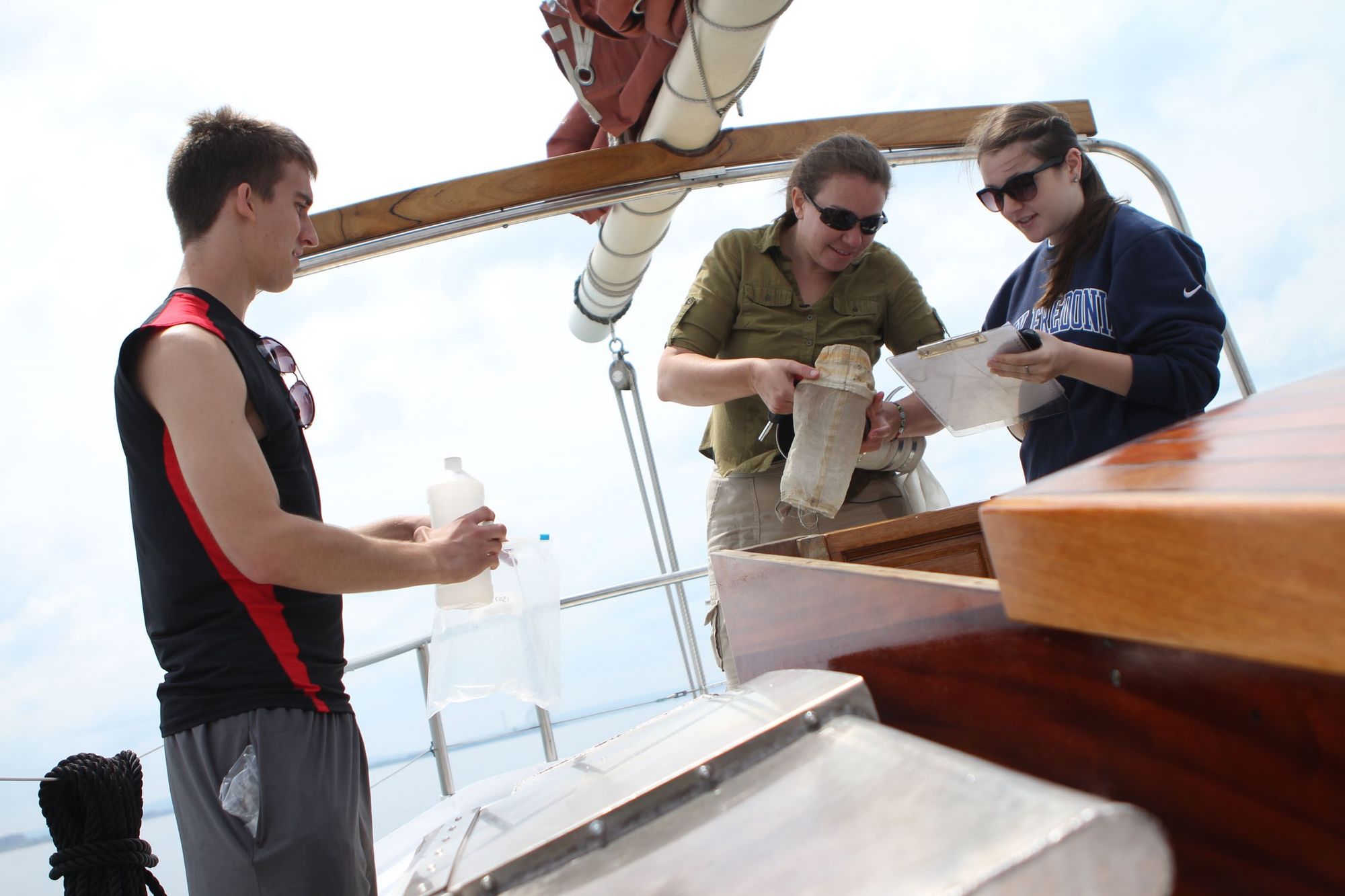
Dr. Mason's research in 2012 found that Lake Erie had some of the highest counts of microplastic contamination in the world. Eighty percent of the sampling and analysis across the three Great Lakes that year was identified in the smallest classification size of 0.33 to 1 mm.
Microplastics can come from the breakdown of larger plastic items, but deliberately sized microbeads were commonly added to personal care products. The microplastics have been found to adsorb known pollutants in the Great Lakes, such as PCBs and polyaromatic hydrocarbons, threatening the aquatic food web.
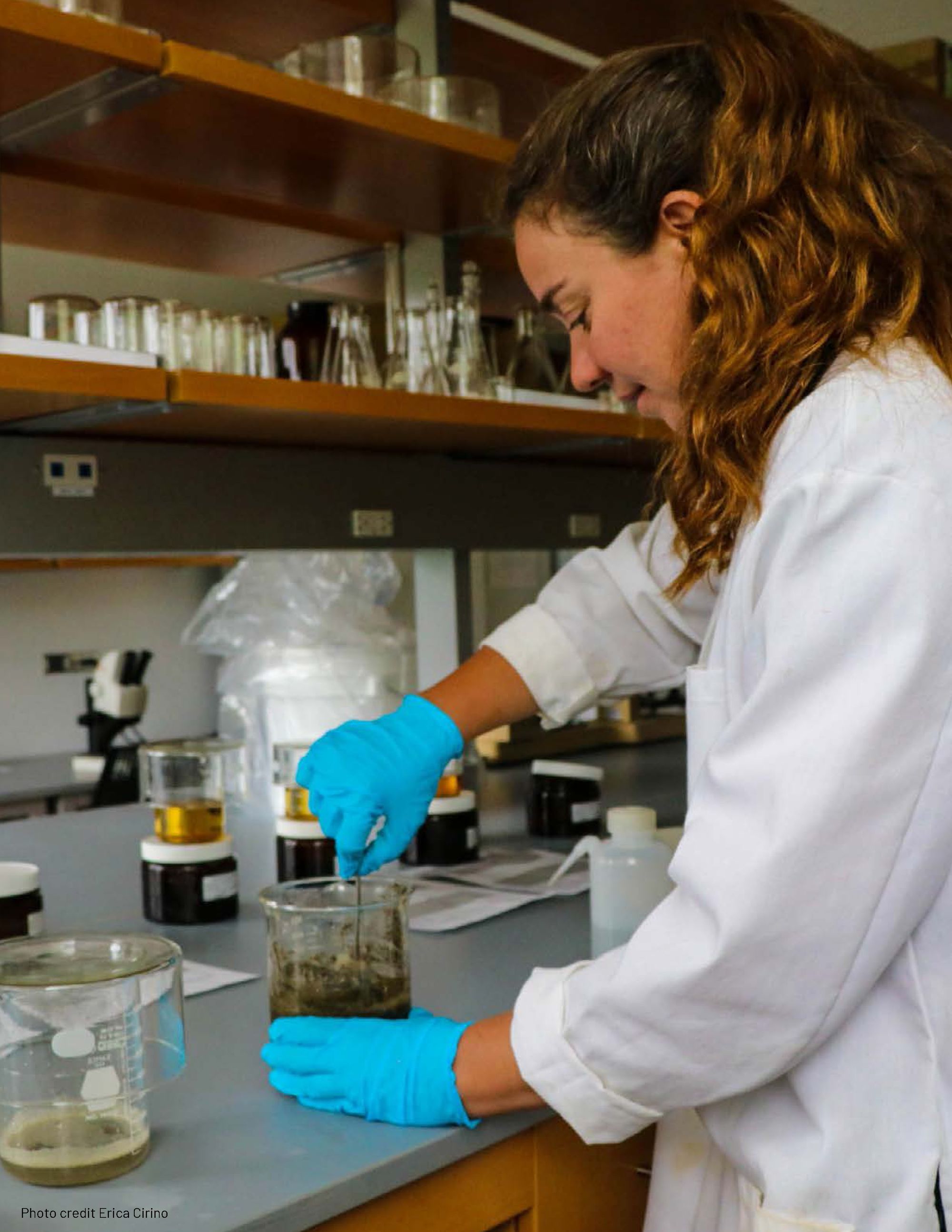
Freshwater plastic pollution research pioneer Dr. Sherri A. Mason is featured in two lessons in the “Plastic Pollution and You” curriculum. (Photo courtesy of SUNY Fredonia)
In 2013 and 2014, with support from the 5 Gyres Institute, Great Lakes Research Consortium, New York State Department of Environmental Conservation, Ottawa National Wildlife Refuge, and Lake Erie ice anglers, Dr. Mason and her students analyzed gastrointestinal samples from 26 species of fish and found every species to contain from1-3 particles in smaller fish, and up to 10 particles in larger fish. Samples from waterfowl revealed more than 25 microplastic particles. This work was the initial quantification of the breadth of the problem and evidence of bioaccumulation of microplastics in the aquatic food web.
From 2012 to 2014, a collaboration by Niagara University, Pennsylvania State University, the Rochester Institute of Technology, and SUNY Fredonia collected surface water samples for plastic pollution analysis on Lake Ontario and Lake Erie. This first data for Lake Ontario showed the highest abundance of microplastics of any Great Lake to that point in time. With a considerably smaller average number of particles, Lake Erie was second with a multi-year dataset averaged across all samples and all years.
Dr. Mason’s continuing research, funded in part by New York Sea Grant, played a major role in the U.S. federal Microbead-Free Waters Act of 2015, which prohibited the manufacture and distribution of personal care products that contain plastic microbeads. This legislation was fully enacted to ban microbeads in personal care products in 2018. In Canada, similar prohibiting legislation began in 2018.
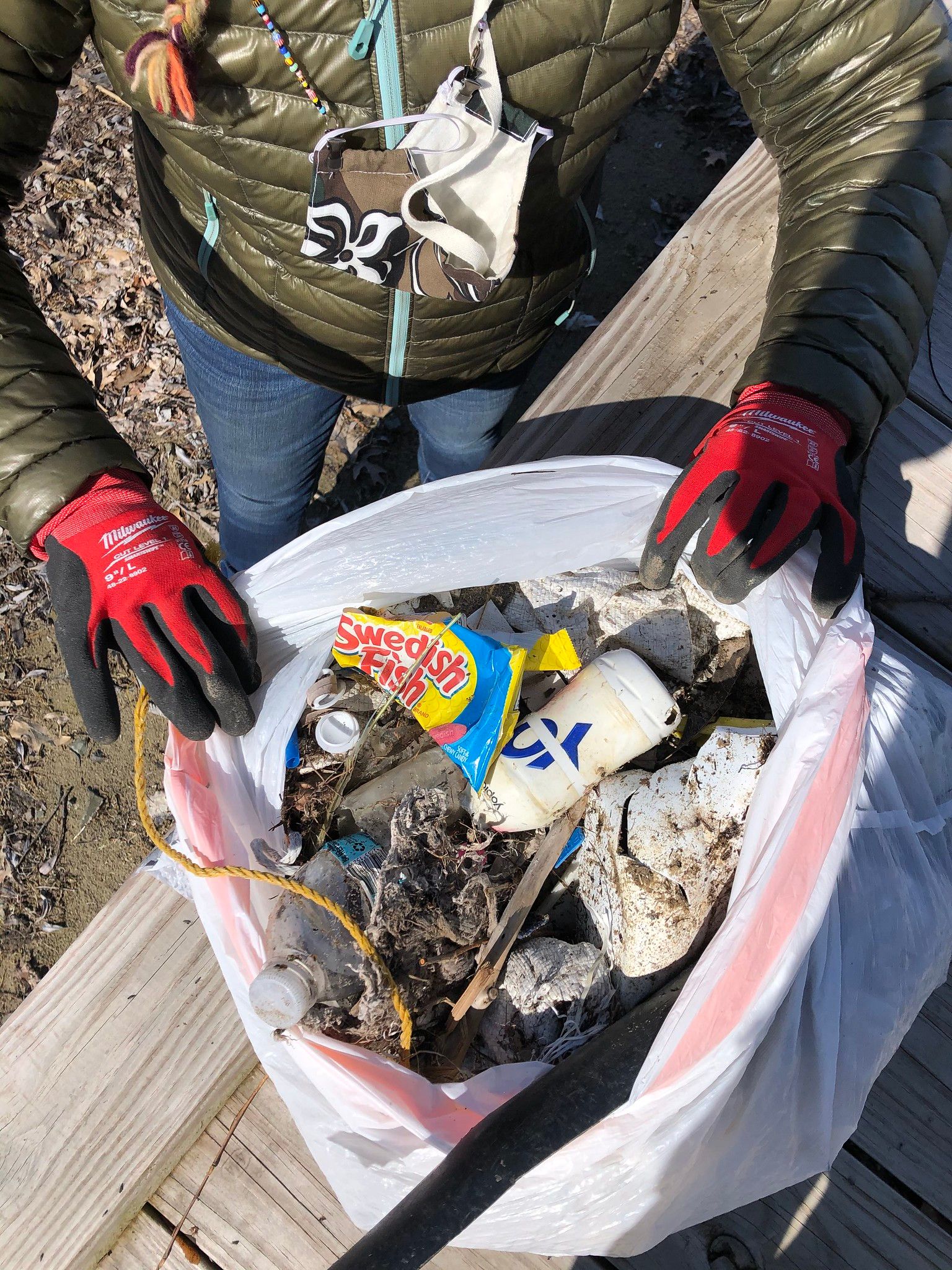
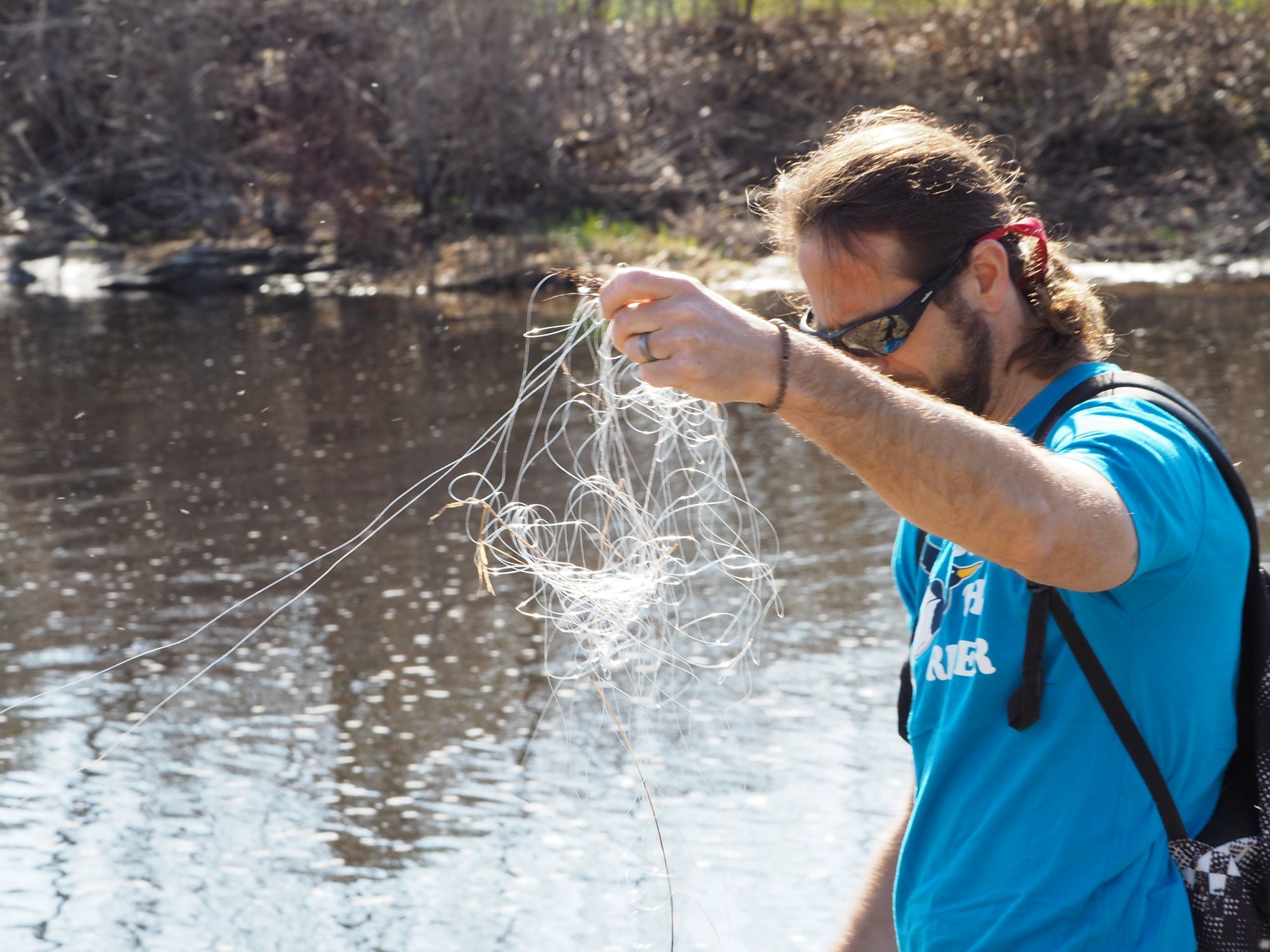
JULY 29-30, 2022: TRASH FREE RIVER CLEANUP
Fast forward to 2020 and the first Trash Free River Cleanup organized by Save The River, the Upper St. Lawrence Riverkeeper. The volunteer effort produced a sizable, and concerning, amount of plastic among the trash collected. These cleanups now take place on both sides of the river. International river-wide collection days organized through Save the River and the Thousand Islands Association are set for July 29-30, 2022.
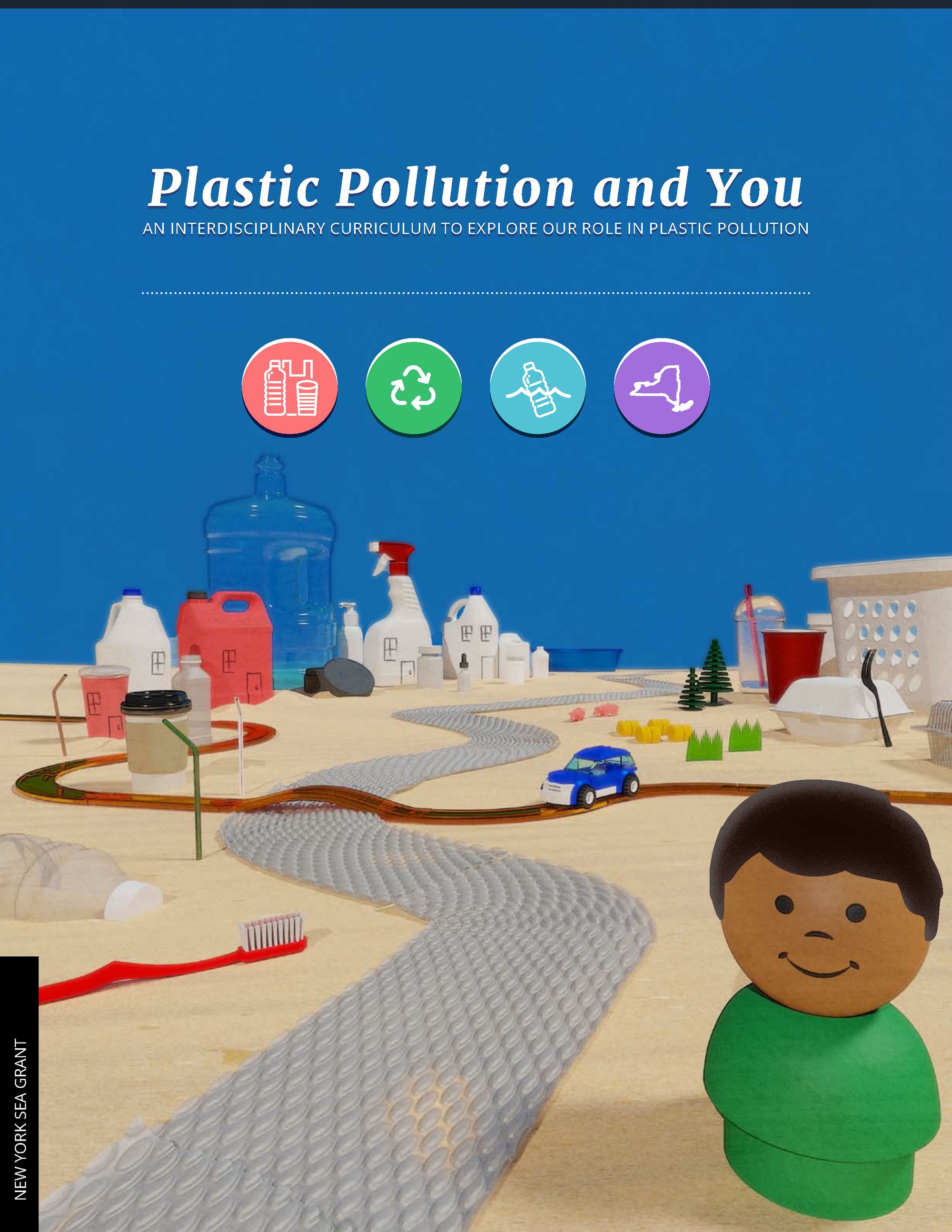
PUBLIC EDUCATION ADDS A NEW TEACHING RESOURCE
Although legislation has been, and is being, enacted to reduce some common sources of plastic pollution, microbeads, and single-use plastic bags in the environment, other types of plastic pollution remain, so the problem persists. To equip the next generation of environmental problem-solvers, New York Sea Grant (NYSG) has published a 126-page “Plastic Pollution and You” curriculum focused on this threat to the health of marine and freshwater aquatic ecosystems.
Kathleen Fallon, Ph.D., a Coastal Processes and Hazards Specialist with NYSG, Stony Brook, New York, and NYSG Great Lakes Literacy Specialist Nate Drag, who is also Associate Director of the Great Lakes Program at the University at Buffalo, co-authored the 15-lesson resource for grades 3 – 12, environmental center educators, and homeschoolers. The curriculum’s activities engage students in learning about the different types of plastics, how they use plastic, the impact of plastics on freshwater and marine ecosystems, and trash capture technology.

Skills developed through the “Plastic Pollution and You” curriculum include data collection and charting; mapping; preparing a fact-based position statement; designing public outreach campaigns with templates for adding messages to caps, T-shirts, reusable totes, and water containers; and developing an understanding of the public policy-making process, as well as the importance of community-level action to address the plastic pollution problem. This new educational resource was developed with funding through New York State’s Environmental Protection Fund administered by the state’s Department of Environmental Conservation (DEC).

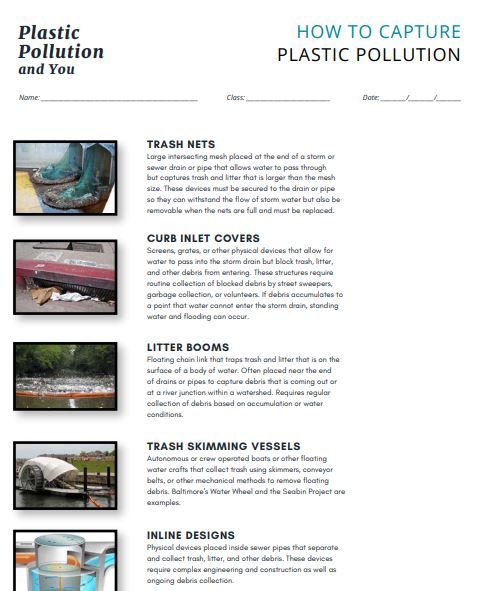
A recording of New York Sea Grant’s “Plastic Pollution and You” curriculum introduction webinar for teachers and educators is available online at http://www.nyseagrant.org/plasticpollution.
Nate Drag will demonstrate a lesson from the curriculum as part of the 2022 Great Lakes Ecosystem Education Exchange Teacher & Educators Workshops this summer in Oswego, Massena, Rochester, and Buffalo, New York. For dates, details, and registration, contact Nate at nwd4@cornell.edu or 716-645-3610.
By Kara Lynn Dunn
Kara Lynn Dunn is the publicist for the New York Sea Grant Great Lakes Program and the Great Lakes Research Consortium. She lives in Mannsville, NY, with her husband, photographer Brian Whattam, who grew up in Three Mile Bay, NY. We suggest you take the time to read Kara’s other TI Life articles in these three issues: here, here, and here.
Posted in: Volume 17, Issue 7, July 2022, News article, Nature, Architecture
Please click here if you are unable to post your comment.
